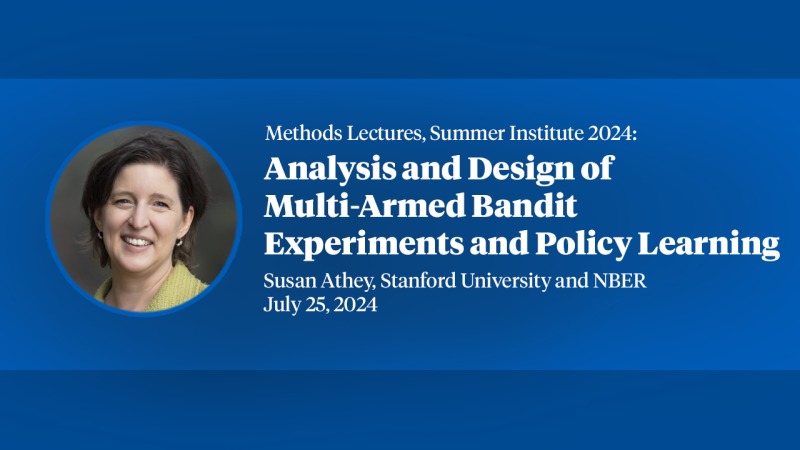The Longevity of Older Wives and Their Husbands: Comparing Actual Couples with Synthetic Couples
Using data from the National Health Interview Survey (NHIS), we construct two measures of the longevity of older wives and husbands. For definiteness, we focus on couples in which the wife was 60 and the husband 62 in 1988. Our first measure utilizes a 4 x 4 "longevity matrix" in which the bins correspond to the decades in which the spouses died. For example, an entry in the (3,2) bin indicates that the wife died in the 3rd decade (between ages 80 and 89) and the husband in the second decade (between ages 72 and 81). Our second measures use the Gompertz distribution to estimate the censored observations from the NHIS. We use the Gompertz estimates of age-specific mortalities to construct joint and survivor life expectancies for the couples in our working sample. We compare the longevity estimates based on actual couples from the NHIS with estimates based on synthetic couples constructed from the 1988 CDC life tables. Research based on randomly formed synthetic couples constructed from CDC life table data shows that the randomness of mortality and the overlap between spouses' age-specific mortality distributions imply dramatically long life spans for surviving spouses. The 4 x 4 longevity matrices show that longevity effects are magnified at the level of the couple by assortative marriage.


